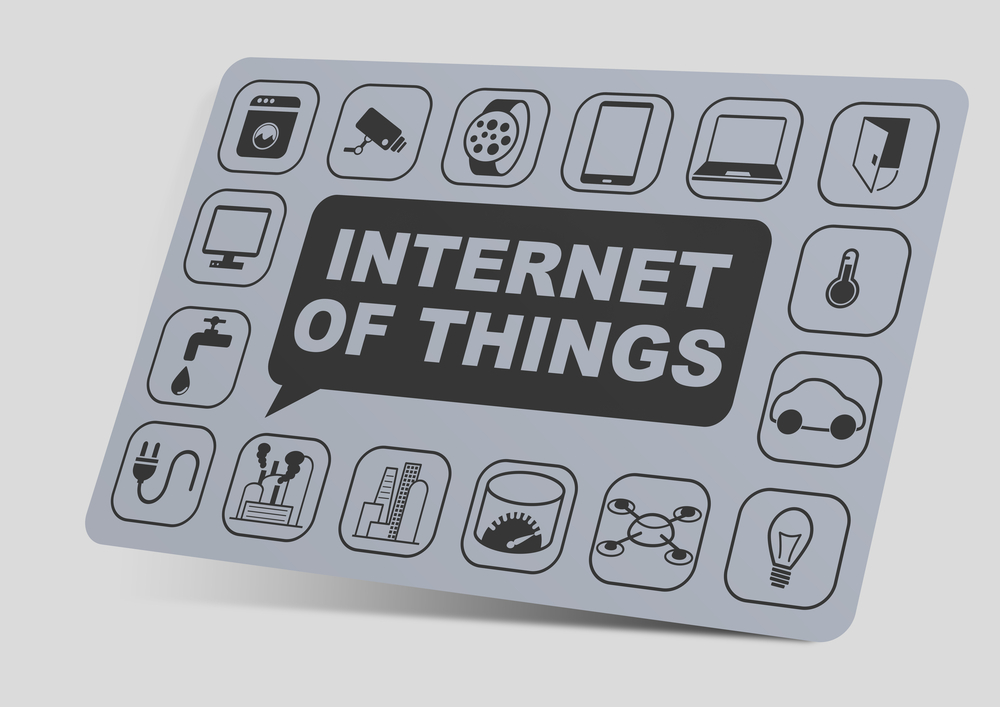In his opening keynote at the recent Consumer Electronics Show in Las Vegas, Samsung CEO BK Yoon declared that the Internet of Things was ‘no longer a pipe dream’ and outlined his vision for a connected future.
He explained that, as well as great opportunities and benefits, there are also challenges ahead, and that for the IoT to really work for everyone, it needs to be an open system which encourages collaboration across industries and markets.
This idea is also reflected in many of the future-gazing analyst and media reports looking ahead to what 2015 will bring. It’s clear that many experts are predicting that the IoT is set to have a huge impact on key areas of industry, and the businesses that realise the potential of this technology will most likely become the market leaders of the future.
>See also: Gartner’s Internet of Things predictions
The idea of a connected world where objects can communicate via the internet with each other and with computers and smartphones, does seem to have endless and even overwhelming possibilities. For businesses, the IoT opens up the potential for smarter process and efficiency, more targeted marketing and understanding customers better by utilising data and digital insight.
The opportunities are so vast in fact, that for many companies, coming up with a clear strategy for how to implement this new technology is a huge step. In the retail industry, recent research conducted by Forrester found that 96% of retail decision makers are hoping to make the necessary changes to adopt IoT solutions in the near future, but over half are concerned about integration challenges. And this is a big part of this issue – to really make sure they harness the potential of this new technology, customer focused businesses need to first consider a few key areas.
Mobile-first, always on
Last year, online shopping via mobile devices overtook desktop usage for the first time, indicating a big shift in consumer behavior that businesses need to understand and get on board with.
The move to mobile-first means that retailers need to cater to customers that are ‘always on’ and connected but companies have in fact been slow to adapt to this change and grasp the opportunities. Shopping via mobile means that customers can be engaged and online anywhere at any time – whether it’s sat at home on the sofa, on the bus or walking down the high street.
Increasingly, research has shown that customers are regularly using their smartphones while in store to help them make purchasing decisions and check prices and items. However, despite this fact, very few retailers are catering towards this targeted audience and are not providing any type of digital experience above and beyond the standard website format, albeit optimised for mobile.
The mistake that many businesses make is they’re still very much thinking in terms of online vs. offline, digital vs. brick-and-mortar – but now that customers are often active online while also shopping in a physical store, this is no longer the case.
>See also: Making the Internet of Things a business reality
Retailers need to realise this and cater towards the ‘always on’ customer, working harder to understand their habits, needs and changing behaviours. To do this, retailers need to focus on the blended experience – using IoT technology to create a more immersive offering that bridges the gap between on and offline shopping.
For example, technology such as beacons can be used at points in a physical store to send customers digital messages and content to enhance their experience. It could be details about discounts, information about a current sale or the fact that they can pick up a free coffee when they’re ready to take a break from shopping.
Two-way street
Implemented in the right way, the IoT should be an equally rewarding experience for both businesses and consumers. Of course, the thought that they will be relentlessly spammed by brands the moment they set foot in a store is an awful prospect to customers.
However, research has indicated that handled correctly, direct mobile engagement can be extremely effective and shoppers may actually prefer this type of communication. A study by Deloitte revealed that over half of consumers would rather consult their mobile than speak to a store assistant, for example.
This type of interaction is extremely valuable for both parties. The customer can instantly access information they need about the items they’re interested in and the retailer moves a step closer to understanding its key audience by creating a truly engaging IoT experience.
Sourced from Jonathan Berlin, co-founder, Iconeme







